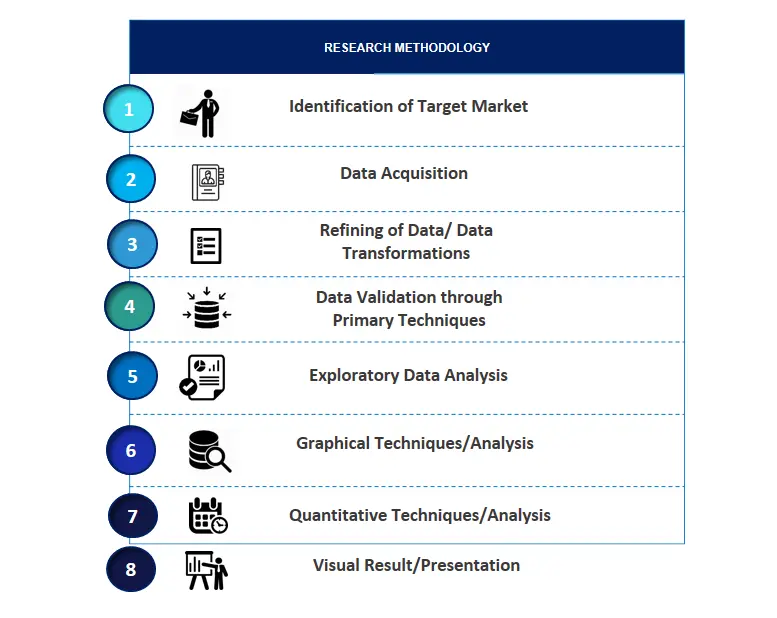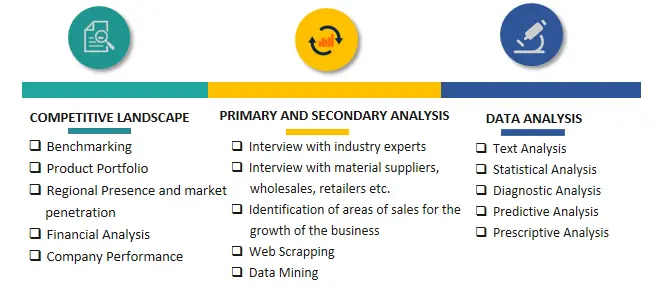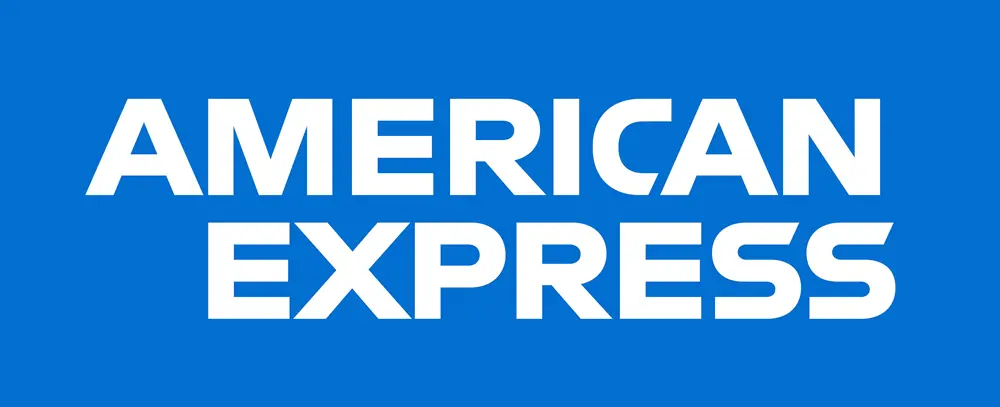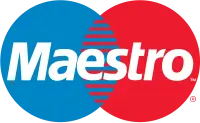
Medical Automation Market Growth, Size, Trends, Revenue, Demand, Challenges, Future Outlook
Medical Automation Market Growth, Size, Trends Analysis - By Application Type, By End Use - Regional Outlook, Competitive Strategies and Segment Forecast to 2034
| Published: Jan-2025 | Report ID: MEDE2506 | Pages: 1 - 246 | Formats*: |
| Category : Medical Devices | |||


- In October 2023, AMETEK, Inc. completed a cash transaction valued at about USD 1.9 billion to acquire Paragon Medical, a provider of specialty medical instruments and components, from American Securities LLC affiliates.
- In May 2023, Medical Manufacturing Technologies (MMT), a business owned by Arcline Investment Management, purchased Somex Automation, an Irish firm that specializes in creating unique automation systems and procedures for the medical device manufacturing industry.
| Report Metric | Details |
| Market size available for years | 2021-2034 |
| Base year considered | 2024 |
| Forecast period | 2025-2034 |
| Segments covered | By Application, By End Use. |
| Regions covered | North America, Latin America, Asia-Pacific, Europe, and Middle East & Africa. |
| Companies Covered | Accuray Incorporated, Tecan Trading AG, Medtronic, Swisslog Holding AG, GE Healthcare, Intuitive Surgical Operations, Inc, Stryker, Siemens, Koninklijke Philips N.V, Danaher Corporation, Zimmer Biomet. |
- Global Medical Automation Market Size (FY’2021-FY’2034)
- Overview of Global Medical Automation Market
- Segmentation of Global Medical Automation Market By Application Type (Imaging Automation, Therapeutic Automation, Laboratory and Pharmacy Automation, Medical Software, Informatics, and Logistics Automation)
- Segmentation of Global Medical Automation Market By End Use (Hospitals & Diagnostic Centers, Research Laboratories & Institutes, Pharmacies, Others)
- Statistical Snap of Global Medical Automation Market
- Expansion Analysis of Global Medical Automation Market
- Problems and Obstacles in Global Medical Automation Market
- Competitive Landscape in the Global Medical Automation Market
- Details on Current Investment in Global Medical Automation Market
- Competitive Analysis of Global Medical Automation Market
- Prominent Players in the Global Medical Automation Market
- SWOT Analysis of Global Medical Automation Market
- Global Medical Automation Market Future Outlook and Projections (FY’2025-FY’2034)
- Recommendations from Analyst
1.1. Scope of the report1.2. Market segment analysis
2.1. Research data source
2.1.1. Secondary Data2.1.2. Primary Data2.1.3. SPERs internal database2.1.4. Premium insight from KOLs
2.2. Market size estimation
2.2.1. Top-down and Bottom-up approach
2.3. Data triangulation
4.1. Driver, Restraint, Opportunity and Challenges analysis
4.1.1. Drivers4.1.2. Restraints4.1.3. Opportunities4.1.4. Challenges
5.1. SWOT Analysis
5.1.1. Strengths5.1.2. Weaknesses5.1.3. Opportunities5.1.4. Threats
5.2. PESTEL Analysis
5.2.1. Political Landscape5.2.2. Economic Landscape5.2.3. Social Landscape5.2.4. Technological Landscape5.2.5. Environmental Landscape5.2.6. Legal Landscape
5.3. PORTERs Five Forces
5.3.1. Bargaining power of suppliers5.3.2. Bargaining power of buyers5.3.3. Threat of Substitute5.3.4. Threat of new entrant5.3.5. Competitive rivalry
5.4. Heat Map Analysis
6.1. Global Medical Automation Market Manufacturing Base Distribution, Sales Area, Product Type6.2. Mergers & Acquisitions, Partnerships, Product Launch, and Collaboration in Global Medical Automation Market
7.1. Imaging Automation
7.1.1. Integrated Image Analysis software systems7.1.2. Medical Intraoperative Imaging
7.2. Therapeutic Automation
7.2.1. Non-Surgical Automation7.2.2. Surgical Automation
7.3. Laboratory and Pharmacy Automation
7.3.1. Laboratory Automation7.3.2. Pharmacy Automation
7.4. Medical Software, Informatics, and Logistics Automation
7.4.1. Software and Informatics7.4.2. Logistics Automation
8.1. Hospitals & Diagnostic Centers8.2. Research Laboratories & Institutes8.3. Pharmacies8.4. Others
9.1. Global Medical Automation Market Size and Market Share
10.1. Asia-Pacific
10.1.1. Australia10.1.2. China10.1.3. India10.1.4. Japan10.1.5. South Korea10.1.6. Rest of Asia-Pacific
10.2. Europe
10.2.1. France10.2.2. Germany10.2.3. Italy10.2.4. Spain10.2.5. United Kingdom10.2.6. Rest of Europe
10.3. Middle East and Africa
10.3.1. Kingdom of Saudi Arabia10.3.2. United Arab Emirates10.3.3. Qatar10.3.4. South Africa10.3.5. Egypt10.3.6. Morocco10.3.7. Nigeria10.3.8. Rest of Middle-East and Africa
10.4. North America
10.4.1. Canada10.4.2. Mexico10.4.3. United States
10.5. Latin America
10.5.1. Argentina10.5.2. Brazil10.5.3. Rest of Latin America
11.1. Accuray Incorporated
11.1.1. Company details11.1.2. Financial outlook11.1.3. Product summary11.1.4. Recent developments
11.2. Tecan Trading AG
11.2.1. Company details11.2.2. Financial outlook11.2.3. Product summary11.2.4. Recent developments
11.3. Medtronic
11.3.1. Company details11.3.2. Financial outlook11.3.3. Product summary11.3.4. Recent developments
11.4. Swisslog Holding AG
11.4.1. Company details11.4.2. Financial outlook11.4.3. Product summary11.4.4. Recent developments
11.5. GE Healthcare
11.5.1. Company details11.5.2. Financial outlook11.5.3. Product summary11.5.4. Recent developments
11.6. Intuitive Surgical Operations, Inc
11.6.1. Company details11.6.2. Financial outlook11.6.3. Product summary11.6.4. Recent developments
11.7. Stryker
11.7.1. Company details11.7.2. Financial outlook11.7.3. Product summary11.7.4. Recent developments
11.8. Siemens
11.8.1. Company details11.8.2. Financial outlook11.8.3. Product summary11.8.4. Recent developments
11.9. Koninklijke Philips N.V
11.9.1. Company details11.9.2. Financial outlook11.9.3. Product summary11.9.4. Recent developments
11.10. Danaher Corporation
11.10.1. Company details11.10.2. Financial outlook11.10.3. Product summary11.10.4. Recent developments
11.11. Zimmer Biomet
11.11.1. Company details11.11.2. Financial outlook11.11.3. Product summary11.11.4. Recent developments
11.12. Others
SPER Market Research’s methodology uses great emphasis on primary research to ensure that the market intelligence insights are up to date, reliable and accurate. Primary interviews are done with players involved in each phase of a supply chain to analyze the market forecasting. The secondary research method is used to help you fully understand how the future markets and the spending patterns look likes.
The report is based on in-depth qualitative and quantitative analysis of the Product Market. The quantitative analysis involves the application of various projection and sampling techniques. The qualitative analysis involves primary interviews, surveys, and vendor briefings. The data gathered as a result of these processes are validated through experts opinion. Our research methodology entails an ideal mixture of primary and secondary initiatives.



Frequently Asked Questions About This Report
PLACE AN ORDER
Year End Discount
Sample Report
Pre-Purchase Inquiry
NEED CUSTOMIZATION?
Request CustomizationCALL OR EMAIL US
100% Secure Payment






Related Reports
Our Global Clients
Our data-driven insights have influenced the strategy of 200+ reputed companies across the globe.




















